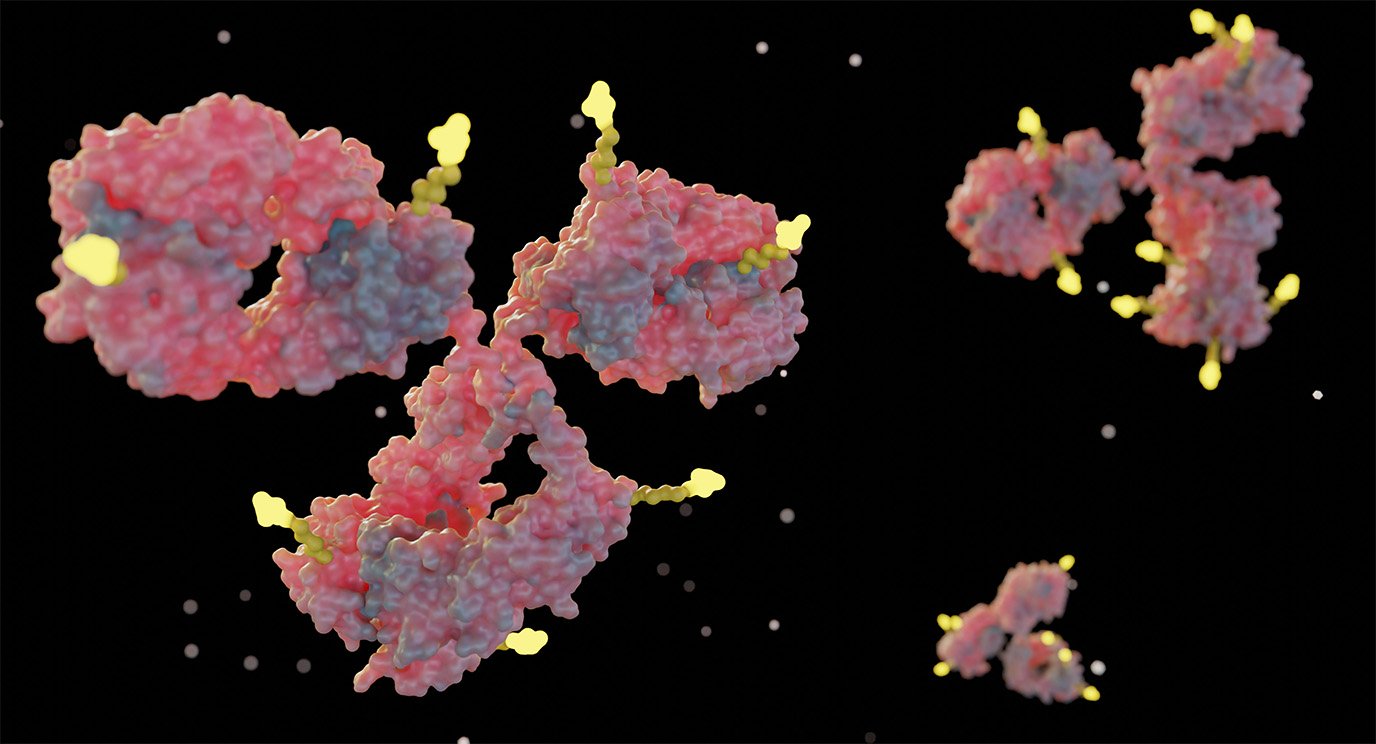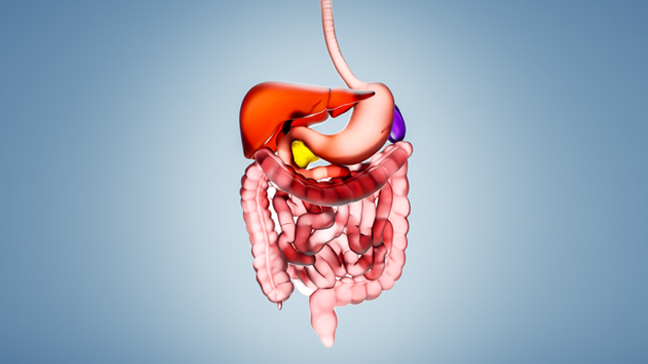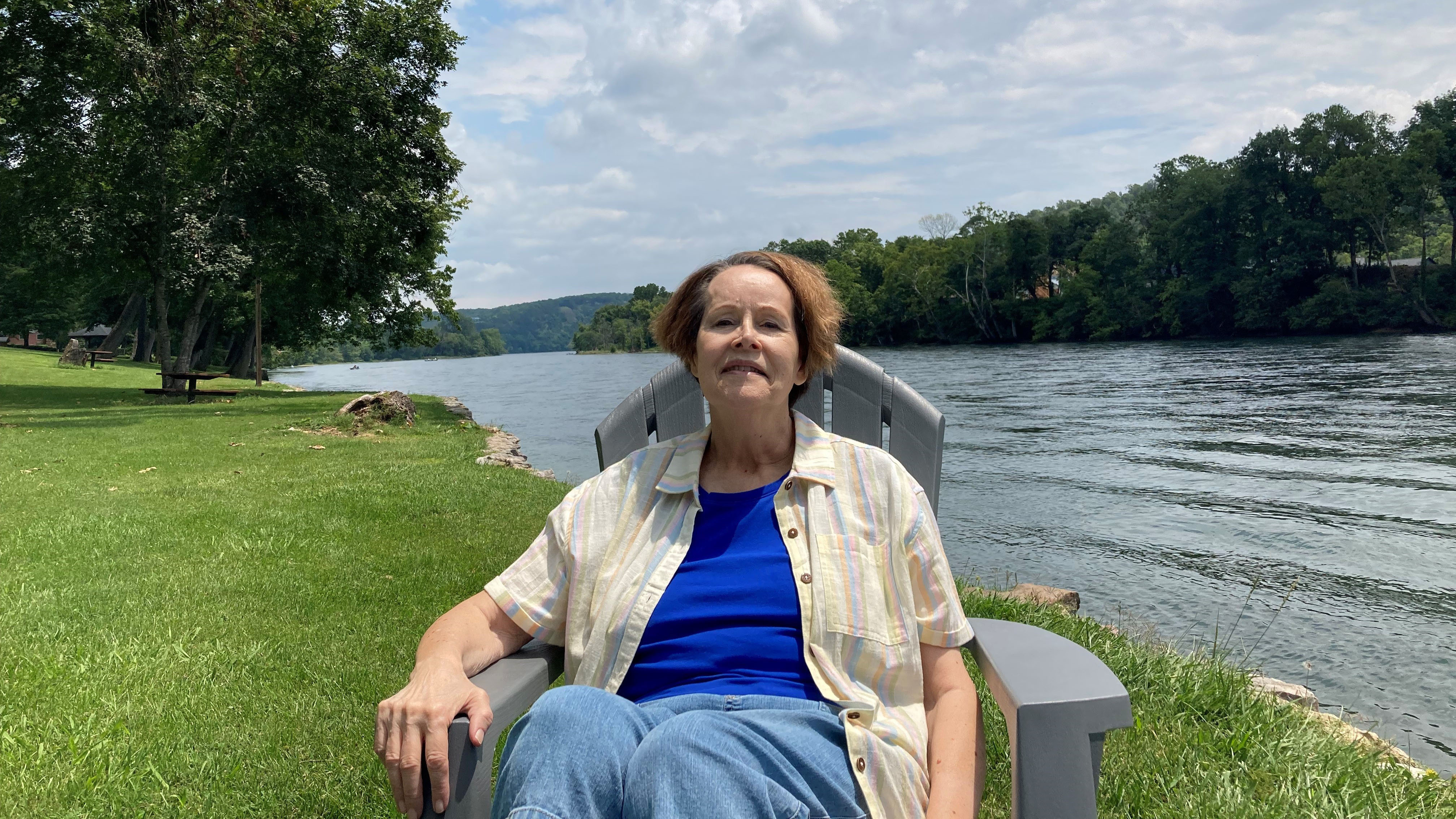- Diseases
- Acoustic Neuroma (14)
- Adrenal Gland Tumor (24)
- Anal Cancer (66)
- Anemia (2)
- Appendix Cancer (16)
- Bile Duct Cancer (28)
- Bladder Cancer (68)
- Brain Metastases (28)
- Brain Tumor (228)
- Breast Cancer (716)
- Breast Implant-Associated Anaplastic Large Cell Lymphoma (2)
- Cancer of Unknown Primary (4)
- Carcinoid Tumor (8)
- Cervical Cancer (154)
- Colon Cancer (164)
- Colorectal Cancer (110)
- Endocrine Tumor (4)
- Esophageal Cancer (42)
- Eye Cancer (36)
- Fallopian Tube Cancer (6)
- Germ Cell Tumor (4)
- Gestational Trophoblastic Disease (2)
- Head and Neck Cancer (6)
- Kidney Cancer (124)
- Leukemia (344)
- Liver Cancer (50)
- Lung Cancer (288)
- Lymphoma (284)
- Mesothelioma (14)
- Metastasis (30)
- Multiple Myeloma (98)
- Myelodysplastic Syndrome (60)
- Myeloproliferative Neoplasm (4)
- Neuroendocrine Tumors (16)
- Oral Cancer (100)
- Ovarian Cancer (170)
- Pancreatic Cancer (166)
- Parathyroid Disease (2)
- Penile Cancer (14)
- Pituitary Tumor (6)
- Prostate Cancer (144)
- Rectal Cancer (58)
- Renal Medullary Carcinoma (6)
- Salivary Gland Cancer (14)
- Sarcoma (236)
- Skin Cancer (294)
- Skull Base Tumors (56)
- Spinal Tumor (12)
- Stomach Cancer (60)
- Testicular Cancer (28)
- Throat Cancer (90)
- Thymoma (6)
- Thyroid Cancer (98)
- Tonsil Cancer (30)
- Uterine Cancer (78)
- Vaginal Cancer (14)
- Vulvar Cancer (18)
- Cancer Topic
- Adolescent and Young Adult Cancer Issues (20)
- Advance Care Planning (10)
- Biostatistics (2)
- Blood Donation (18)
- Bone Health (8)
- COVID-19 (362)
- Cancer Recurrence (120)
- Childhood Cancer Issues (120)
- Clinical Trials (624)
- Complementary Integrative Medicine (24)
- Cytogenetics (2)
- DNA Methylation (4)
- Diagnosis (230)
- Epigenetics (6)
- Fertility (62)
- Follow-up Guidelines (2)
- Health Disparities (14)
- Hereditary Cancer Syndromes (122)
- Immunology (18)
- Li-Fraumeni Syndrome (8)
- Mental Health (118)
- Molecular Diagnostics (8)
- Pain Management (62)
- Palliative Care (8)
- Pathology (10)
- Physical Therapy (18)
- Pregnancy (18)
- Prevention (892)
- Research (390)
- Second Opinion (74)
- Sexuality (16)
- Side Effects (602)
- Sleep Disorders (10)
- Stem Cell Transplantation Cellular Therapy (216)
- Support (404)
- Survivorship (322)
- Symptoms (184)
- Treatment (1770)
3 facts about Pancoast tumors
BY Molly Adams
3 minute read | Published October 05, 2022
Medically Reviewed | Last reviewed by an MD Anderson Cancer Center medical professional on October 05, 2022
Lung cancer can form in any part of the lungs. When lung tumors grow in the upper portion of the lung, above the first rib, they’re called Pancoast tumors, after Henry Pancoast, M.D., the radiologist who first described them in the early 1900s. They’re also sometimes referred to as superior sulcus tumors, based on the location where they’re found.
“Pancoast tumors are quite rare, accounting for only 3% to 5% of lung cancers,” says David Rice, M.D., a thoracic and cardiovascular surgeon at MD Anderson. “But there are treatment options available for patients.”
Here, he shares three facts about Pancoast tumors.
1. Pancoast tumors only occur in the upper portion of the lung.
The difference between Pancoast tumors and other lung tumors is their location. These tumors occur in the uppermost portion of the lung known as the apex.
Even if a tumor is near the upper portion of the lung, it’s not a Pancoast tumor if it’s below the first rib.
They may also spread into the ribs at the top of the chest and affect important areas at the base of the neck, like nerves and blood vessels.
It’s not clear why tumors develop here, though cigarette smoking is often a factor. Exposure to certain harmful chemicals, radon gas and asbestos may also cause these tumors.
2. Pancoast tumors have unique symptoms.
Because of their unique location, Pancoast tumor symptoms are specific to the area where they’re found. Shoulder pain and upper back pain are common symptoms, especially if the tumor is impacting the ribs, spine or nerves of the brachial plexus. Patients may feel neck, back, arm or chest pain on the affected side.
In some cases, these tumors may involve the nerves of the brachial plexus, which provide sensory and motor supply to the arm and hand. When that happens, symptoms may include arm pain and loss of function of the small muscles of the hand.
Additionally, the tumor may involve the sympathetic nerve, leading to Horner’s syndrome. These symptoms include the same side drooping of the eyelid, lack of facial sweating and constriction of the pupil. The combination of severe arm and shoulder pain, Horner’s syndrome, and atrophy of the small muscles of the hand is called “Pancoast syndrome.”
In rare cases, tumors can grow so large that they block vessels that drain blood from the arms or face. This can lead to extreme swelling or may invade the spinal canal, leading to paralysis.
Pancoast tumors are often found during a chest X-ray, CT scan or MRI prescribed to identify the cause of these symptoms. Once a diagnosis is made, PET imaging and an MRI brain scan are also required to exclude the possibility of distant metastases.
3. Treatment for Pancoast tumors requires multidisciplinary care.
Unfortunately, by the time Pancoast tumors are diagnosed, they’re usually at a locally advanced stage and may have invaded the chest wall or wrapped around blood vessels or nerves.
Treating Pancoast tumors requires a team approach. Patients may require a combination of chemotherapy, radiation and surgery. That’s why patients should seek treatment from a comprehensive cancer care center like MD Anderson which has experience treating complex tumors like these.
In general, chemotherapy and radiation are considered standard treatments. In patients without extensive involvement of the brachial plexus or spinal canal and nodal metastases, surgery is often beneficial. Typically, this occurs following preoperative chemotherapy or chemoradiation.
Occasionally, radiation will be administered after surgery. The treatment paradigms are complex and require input from multiple specialists, including surgeons, medical oncologists and radiation oncologists. Due to the location of the tumors and the structures they may invade, surgery is complex and often requires collaboration with expert thoracic surgeons and neurosurgeons.
Although Pancoast tumors are rare, collaboration from a team of experts can help patients get personalized treatment and achieve the best possible results.
Request an appointment at MD Anderson online or by calling 1-877-632-6789.

Treating Pancoast tumors requires a team approach.
David Rice, M.D.
Physician





